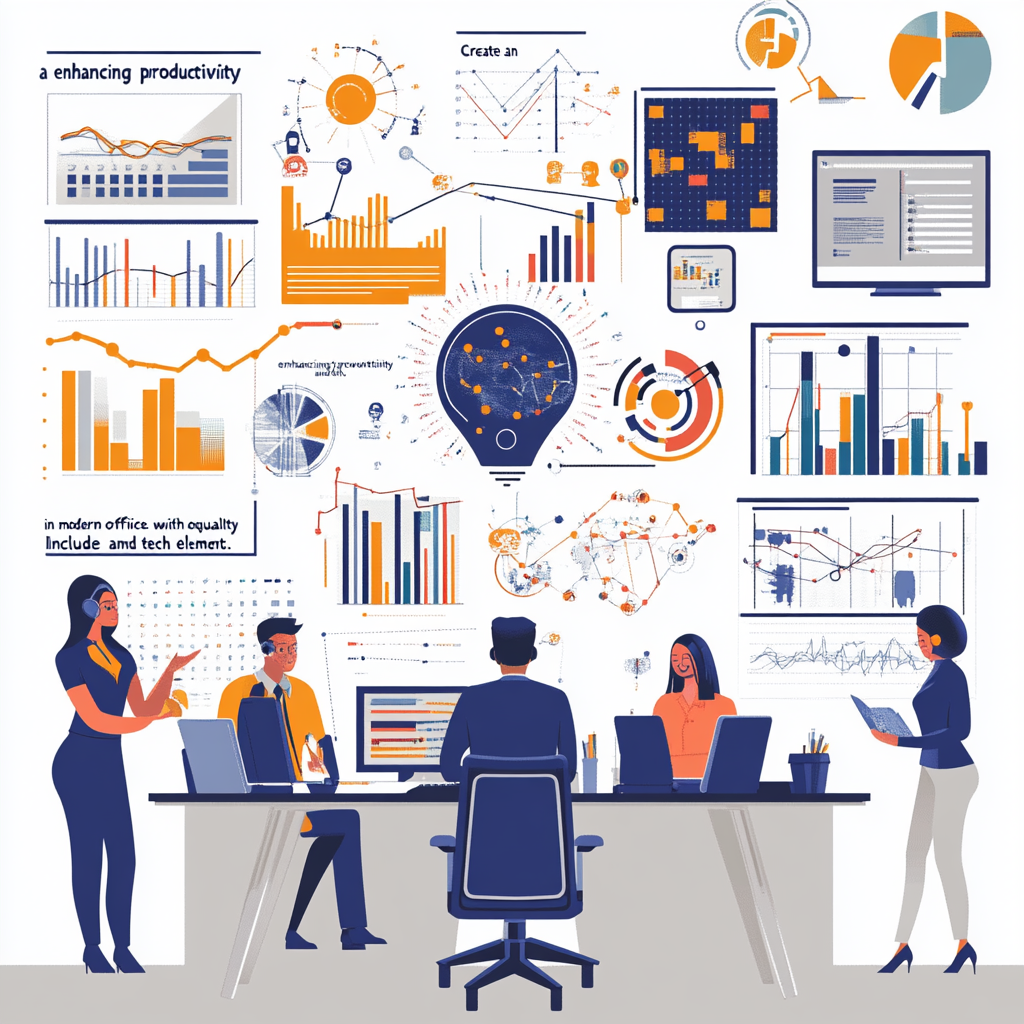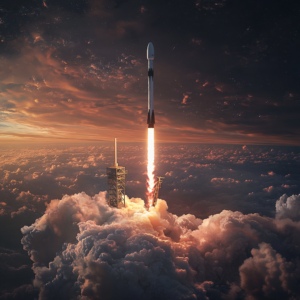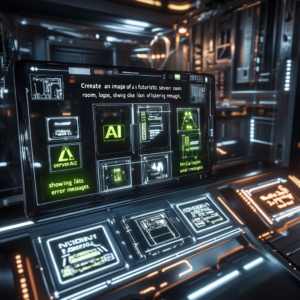
The Economics of Artificial Intelligence: Opportunities and Challenges
Diving into the Economics of AI
Let’s embark on a thrilling journey through the sprawling landscape of artificial intelligence (AI) economics—a terrain that’s as vast as it is intricate and sure to keep you on the edge of your seat! AI isn’t just some geeky tech buzzword; it’s a game-changer that’s shaking up the very foundations of our economy. Grab your favorite beverage and let’s unravel what we do know so far.
First up, let’s put AI in context. Think of AI as the contemporary marvel of general purpose technologies—like the steam engine that chugged our way into the industrial age or the internet that turned our world into a bustling global marketplace. This technology wields the potential to redefine productivity across an array of sectors, much like a magician revealing their best tricks. It’s that exciting juxtaposition between chaos and order as AI evolves and integrates into our daily lives.
Now, let’s get to the nitty-gritty of how AI causes labor productivity to soar to dizzying heights. A study by Accenture—think of it as the oracle of AI predictions—forecasts that we could witness up to a whopping 40% increase in labor productivity by 2035! That’s like multiplying your efficiency from “I should probably start that project” to “I just finished it and my next project is already lined up.” Imagine how this breathtaking boom could propel global economic growth rates to new altitudes, doubling them like a thrilling rollercoaster ride of progress. It’s all about efficient time management, making room for innovative technologies, and leveraging the virtual workforce powered by intelligent automation. Honestly, who wouldn’t want a symbiotic relationship with a digital assistant that’s habitually articulate and never forgets to remind you of deadlines?
Now, if we step back and embrace the grander picture—AI’s impact on GDP is downright staggering. According to PricewaterhouseCoopers (PwC), we’re looking at a potentially mind-boggling increase of up to 14%—that’s around $15.7 trillion—by 2030. IDC takes it a step further, predicting that for every dollar we drop into the AI basket, it could spark a worthwhile return of $4.60 in the global economy. That’s a bit like planting a single seed and reaping an entire orchard of economic fruit in the years to come.
However, let’s not get lost in the glittering potential without acknowledging the darker clouds lurking on the horizon. The AI revolution doesn’t unilaterally promise job creation; that’s an overly optimistic vision that glosses over reality a bit too much. The job market can be considered a dual-edged sword. On one hand, AI is set to create sparkling new opportunities in tech-focused sectors that dream up and produce AI marvels. On the flip side, it hovers ominously over traditional roles, ready to slash through routine tasks with the sharp blade of automation. As we navigate through this uncharted territory, if caution isn’t exercised, we could end up in a world where inequality takes center stage, thriving on a mishmash of winners and losers unless public policies are adjusted to smooth over these rough edges.
Speaking of public policy, regulatory responses to AI can feel like a roller coaster in itself—ever swinging between the thrilling highs and the stomach-churning lows. As the economy dances to AI’s whimsical tunes, the makers of regulations must keep time. New frameworks are desperately needed to regulate market power, foster innovation, and ensure that nobody is left behind as the AI wave surges forward. How do we balance the wondrous benefits of this technological renaissance while keeping in mind the potential pitfalls of job losses and other negative externalities? It’s a tightrope act that requires precision and foresight lest we tumble into an abyss of chaos.
Let’s sprinkle some excitement over innovation and market designs fueled by AI! We’re on the cusp of a new era where creative technologies like the Internet of Things (IoT) drive remarkable advancements. Standardization, automation, and even the personal touch in product offerings are becoming ingrained in our societal fabric. Yet it doesn’t stop there; AI is even revolutionizing the way we conduct economic research. No more flipping through endless pages of data—Machine learning algorithms are here to sift and spell correlations, giving researchers tools that make the previous generation look like a slide ruler in a calculus class.
The macroeconomic implications of AI deserve a hearty mention. Just as every painting has its strokes, so too does AI’s economic impact manifest through a tapestry of nuanced effects. Renowned economist Daron Acemoglu proposes a task-based model that ponders the interplay between tasks affected and potential savings. This model suggests that while the GDP may see modest increases, the economic sky likely isn’t the limit. We can anticipate a restrained boost in total factor productivity—a gentle upward tilt of about 0.71% over the next decade sounds reasonable, doesn’t it?
Turning our gaze towards sectors, AI's transformative touch doesn’t play favorites. Some industries will bask in the glow of progress while others may feel left out in the cold. Can you imagine manufacturing and transport booming with revolutionary productivity gains as routine tasks finally yield to automation? Robotics and autonomous vehicles are leading this magnificent charge! Meanwhile, more traditional sectors such as translation, accounting, and customer service are also bracing for remarkable shifts, as AI nudges them onto a smoother path.
As we sit at the edge of this economic revolution, it becomes clear that the economics of AI is not merely about data; it’s a complex story of productivity, growth, job evolution, and the impact on our societal fabric. Sure, the prospects seem dazzling, yet challenges loom large, beckoning us to tread cautiously and wisely through the upheaval of innovation and progress.
And here’s a thought worth contemplating: to fully navigate these uncharted economic waters, we must keep our skills sharp and our minds open to what lies ahead. If you’re keen on staying in-the-know about the latest developments in the ever-evolving world of AI, then you’ll want to join the conversation.
Want to stay up to date with the latest news on neural networks and automation? Subscribe to our Telegram channel: @channel_neirotoken

